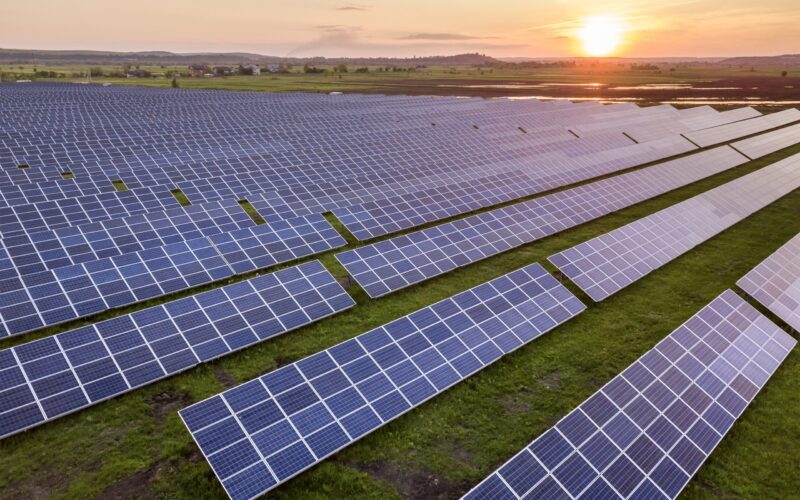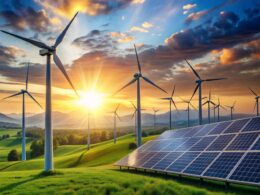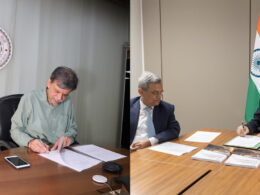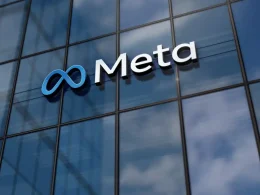Global renewable electricity generation is on track for record growth this decade, with total installed capacity projected to more than double by 2030, according to the International Energy Agency’s (IEA) Renewables 2025 report. Despite persistent challenges in supply chains, grid integration and financing, the sector continues to expand rapidly, led by solar power.
The IEA forecasts an increase of 4,600 gigawatts (GW) in global renewable capacity by 2030 — equivalent to the combined generation capacity of China, the European Union and Japan. Solar PV alone will account for around 80% of this growth, followed by wind, hydro, bioenergy and geothermal.
Emerging economies lead the charge
India is expected to become the world’s second-largest growth market after China, supported by cost competitiveness and stronger policy frameworks. Nations across Asia, the Middle East and Africa are accelerating renewable deployment through expanded auctions and new targets.
Technology and policy trends
Geothermal installations are set to reach historic highs in the United States, Japan, Indonesia and developing economies, while interest in pumped-storage hydropower is increasing, with growth expected to be 80% faster than in the past five years. However, offshore wind faces a weaker outlook — about 25% lower than last year’s projection — due to policy shifts, cost pressures and supply bottlenecks.
Regional and corporate shifts
While policy changes in the United States and China have slightly reduced global growth forecasts, these are partly offset by stronger expansion in India, Europe and emerging markets. The phase-out of U.S. tax incentives has reduced expected renewable growth there by around 50%, while China’s move from fixed tariffs to auctions is slowing project economics.
Corporates continue to play a major role, with power purchase agreements, utility contracts and merchant projects together driving 30% of new renewable capacity to 2030, twice last year’s share.
Supply chain and grid challenges
China remains dominant in the global supply chain, maintaining over 90% market share for solar PV and rare earth components used in wind turbines through 2030. The IEA warns that this concentration poses ongoing risks to supply security. Meanwhile, increasing levels of variable renewables are straining electricity systems, causing more frequent curtailments and negative price events, underscoring the urgent need for investment in grids, storage and flexible capacity.
Limited gains in transport and heating
Renewables’ share in transport is projected to rise modestly from 4% to 6% by 2030, driven mainly by electric vehicles and biofuels in key markets. Their share in global heat supply is set to increase from 14% to 18%, supported by cleaner heating technologies and industrial electrification.
IEA Executive Director Fatih Birol said solar PV would remain the dominant growth driver: “Solar PV is on course to account for some 80% of the increase in the world’s renewable capacity over the next five years. But as renewables’ role expands, policymakers must pay close attention to supply chain security and grid integration.”





















